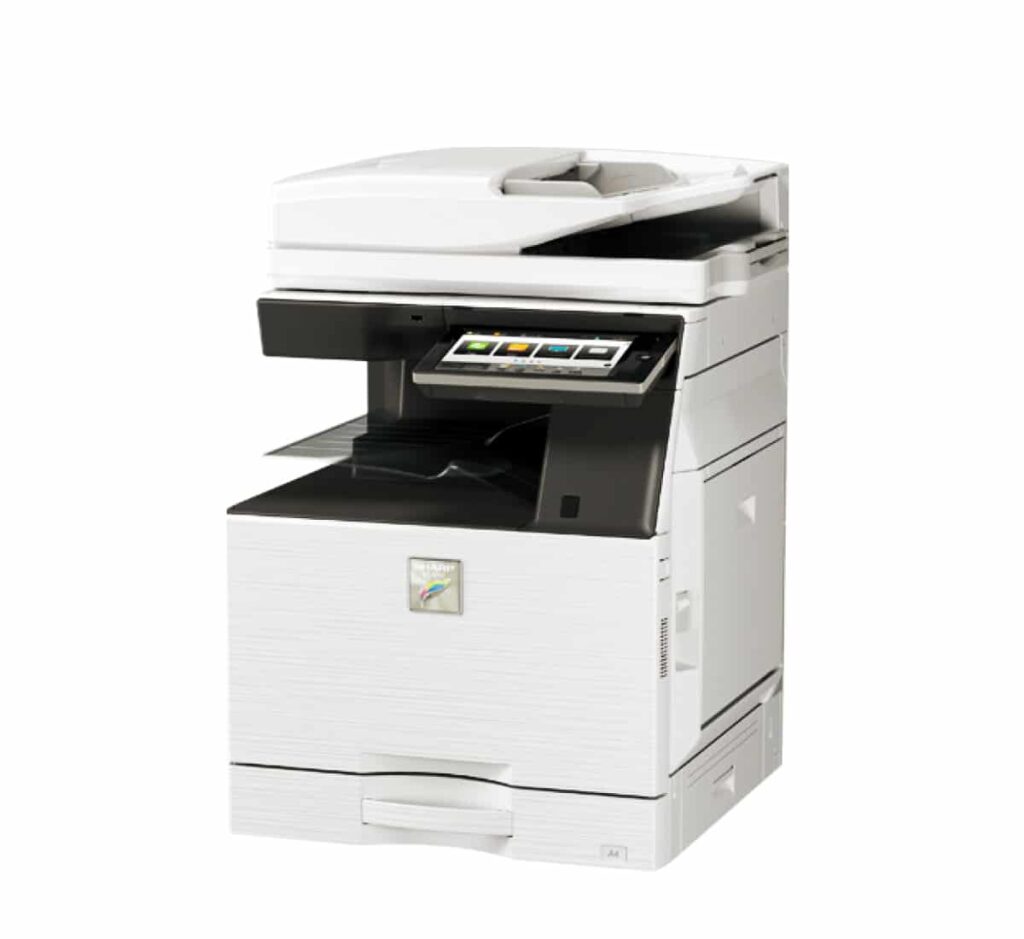IT security should be top of mind for any organization. It isn’t just your data that could be at risk, but also your customers’. And if you’re part of the legal, accounting, insurance, or healthcare industry, print network security is of utmost importance.
To ensure your IT security, you may use antivirus software, firewalls, VPN’s (virtual private networks) and security training for your staff. Yet, there’s one essential piece that is often overlooked: Print Network Security. Neglect that, and all the security measures you’ve put in place to protect your data could be rendered null and void.
You would be surprised though, what simple steps can be put in place to bolster the security of your print network. It’s as easy as learning your ABC’s…
Building The Basics of Print Network Security

A is for “Assess Your Infrastructure”
First, it’s important to assess the setup of your print network. You can’t diagnose any problems without looking at the total picture.
Ask yourself:
- What are all the software and hardware components in your print network?
- How do they connect to one another?
- Are they up to date, or conversely, how old are they?
If there are pieces of machinery that need to be updated, now might be the time to make a list of all the older print equipment and assess whether they need replacement.
Have you secured all the hardware and software in your print network? Today’s sophisticated devices often have powerful tools and settings that can help you maximize the safety of your print network.
For example: Active Directory Group Policies – This tool can centrally manage specific security settings, driver settings, restrictions, and power management. Once applied, these settings cannot be changed at the machine level.
B is for “Boost Workflow Security Measures”
Second, you want to assess your print network workflow. How does each print job work through the system? That means looking at the workflow from the moment you hit “print” on your desktop to the moment a document is printed out at the machine.
Are there crucial safety measures in place at each step of a document’s journey? Cyberthieves can often access unsecured printers, especially if they’re Wi-Fi enabled.
Ask yourself:
- In your print workflow, what security measures are already in place?
- How effective are they?
- How can you bolster existing measures or add new ones?
It’s great if your print infrastructure is secured, however, it must be paired with a secure workflow. Your equipment may be internally protected, but a workflow assessment examines the process of printing, which also looks at the “human factor” and how document printing is handled at each stage.
There are a variety of strategies and safety mechanisms you can use. It will all depend on the size of your print network and the security needs of your organization.
For example: An essential requirement for a secure print workflow is Secure User Authentication – Before printing, employees are required to complete an authentication process, such as using a password, a fob, or two-factor authentication.
C is for “Consider Output Risks”
Lastly, look at the weak spots in your print output process. Understand how your network is being used. This may require a bit of monitoring, to grasp exactly how your network is operating.
An important part is gathering output data, like print usage analytics, such as the time, date, and number of pages for each job. Another useful tool that many printers offer is print archiving, where image-capture technologies create a comprehensive “job log” of all printed documents, down to the printer used and the account or user.
Then, think like a good detective… Try to see where the weak points are in your print network and use the output sleuthing to keep track of your company’s usage and average printing output. This can help you detect patterns in your output process and assess security risks, based on the way employees use the print network.
Ask Yourself:
- What are the vulnerabilities in your print network?
- What could go wrong, and if things do go wrong, what would be the implications?
- Do you know who is printing what? How are you monitoring output?
Depending on the level of detail and oversight you require, you may want to create a detailed record of all printed materials. You may also want to review past print jobs, even to the point of reprinting specific documents or pages from the print archive. A good “output audit” and regular monitoring will help you meet regulatory requirements for handling sensitive data.
Now You Know Your ABC’s
When it comes to IT security, a secure print network is a key pillar in your foundation. But printing is such an ordinary and often automatic task that people often overlook it when considering the security of their overall IT.
It only takes one small chink in the armour to take down even the most well-protected system. So it’s important to regularly assess the three main points of your print network security: your overall print infrastructure (your hardware and software), your print workflow (how documents are printed) and your print usage or output (logging and monitoring who prints what).
With these measures in place, you can keep out cyber attackers and unwanted intruders, keep your customers’ data safe and ensure that your company’s vital documents stay in the hands of trusted, authorized personnel.

Prefer to have someone manage your Print Network or maintain your IT, so you don’t have to?
Check out our Managed Print and Managed IT Services that take the background work off your plate, so you can focus on other aspects of your business.

